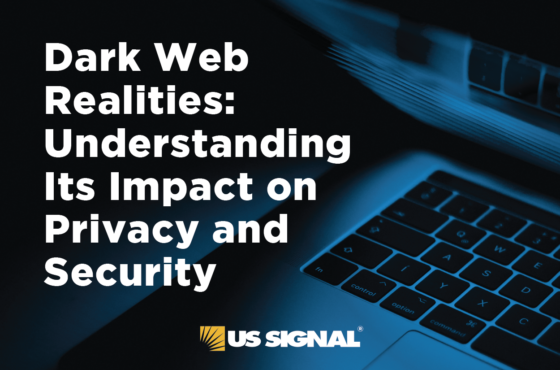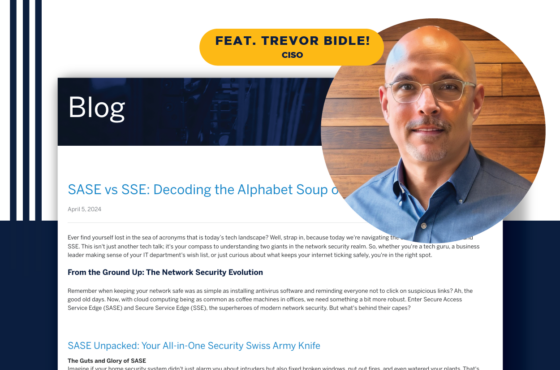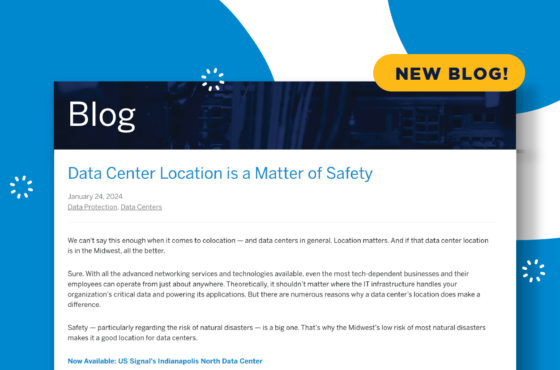DRaaS: A Faster Solution for Battling Ransomware
July 7, 2021
Data Protection, Disaster Recovery
For years, a lot of companies have pushed creating a disaster recovery (DR) plan to the back burner. Sure, they’d do periodic backups and maybe update their antivirus software. But comprehensive Disaster Recovery solutions were not deemed a priority; after all, disasters only happen to someone else. Even the uptick in data centers outages and their associated costs in recent years — well publicized across media channels — has not pushed many organizations to take action.
However, high-profile ransomware attacks, like the Colonial Pipeline and JBS Foods hacks in May and the Kaseya attack in July, are causing more companies to rethink their approach to DR. They’re also helping to make a strong case for Disaster Recovery as a Service (DRaaS) solutions.
The Impact of Ransomware
On their own, ransomware statistics tell a somber story. There were a total of 304 million ransomware attacks worldwide in 2020, a 62 percent increase from a year prior. According to industry predictions, almost six ransomware attacks will occur every minute in 2021. That’s a significant increase from one attack every 40 seconds in 2016 and one every 14 seconds in 2019.
Ransomware recovery costs also rose the past year, with the average case approaching $2 million in total expenses. This is up from an average of $761,000 in 2020. The same report noted that more than half (54%) of respondents stated that they believe cyberattacks are now too advanced for their own IT teams to handle.
The Need for DR
A company that falls prey to ransomware could just pay the ransom and be done with it. That’s typically not recommended, however. There’s no guarantee the cybercriminals will follow through with a decryption key. A report noted that the number of organizations that paid a ransom increased from 26% in 2020 to 32% in 2021, although fewer than one in 10 (8%) managed to get back all of their data.
And, once a company pays a ransom, it opens itself up to more attacks because it sets itself up as a company that is willing to pay. That’s not to mention what it does to the company’s reputation. Fortunately, there are alternatives – including DR.
A DR plan that enables a company to restore a clean copy of its data offers a much more cost-effective, secure approach to data recovery than paying a ransom to recover hijacked data. First, the DR plan puts a process in place for regularly backing up data and applications. If ransomware attacks, you don’t have to worry about decrypting data, whether by paying for a decryption key from the cyber-criminals or trying to use some form of decryption software. You have your backups to use.
The DR plan also details how to restore the data, and includes steps for testing the entire sequence of processes. After all, a DR plan does no good if it doesn’t work. And, you won’t know if it works unless you test it.
Cloud Backups vs. DRaaS
Time is one of the main reasons that DRaaS is a preferred DR option in the fight against ransomware. The faster a ransomware attack can be identified, the more time there is to do whatever it takes to restore data.
With cloud backups, you can restore data, but it can take hours. You must download the application files from the cloud-based on your most recent backup, rebuild, and then compile the data or application. If the application runs, you know you have restored a clean copy. If not, you must go back to the next recent backup and go through the process again.
With a DRaaS solution, you can quickly stand up and failover to a DR environment. Then with a few clicks you can fail back. Data can be restored in minutes. If you consider the cost of downtime for SMBs — approximately $10,000 per hour according to many estimates, it’s easy to see why you’d want your data restored as quickly as possible. (The costs can run even higher for enterprises.)
Of course, some companies may be able to tolerate a little more downtime than others — at least for some kinds of data or applications. Some DRaaS solutions offer “tiers,” which allow you to select the service level that works best for your budget and needs based on recovery point and recovery time objectives (RPO/RTO).
DRaaS solutions also make it much easier and quicker to make sure your backup does not contain ransomware. With a cloud backup process, you must manually inspect the individual files and folders for each backup; find the date when file names started to get encrypted, and then restore the files from a clean backup. The more files that have been infected, the longer the process takes. It’s far quicker and simpler with a DRaaS solution. Just quickly browse a disk image to determine if the files it contains have been encrypted.
Another advantage of a DRaaS solution is that it’s managed by a third-party provider. That frees your internal IT team from the responsibility. If a disaster strikes, whether it’s a ransomware attack or some other kind of disaster, the service provider immediately puts the DRaaS solution into action and restores your IT systems quickly and seamlessly.
Learn More
US Signal offers a variety of Disaster Recovery services and backup solutions, including options specific to various technology and providers like VMware, Zerto, Veeam, and Cohesity. To learn more about putting a DRaaS solution in place to help your company combat the effects of a ransomware attack or other potential disasters, talk to a US Signal expert. Call 866.2. SIGNAL or email [email protected]
You will also want to take advantage of this free resource from US Signal: Enemy at the Gate: A Guide to Keeping Ransomware Out.


